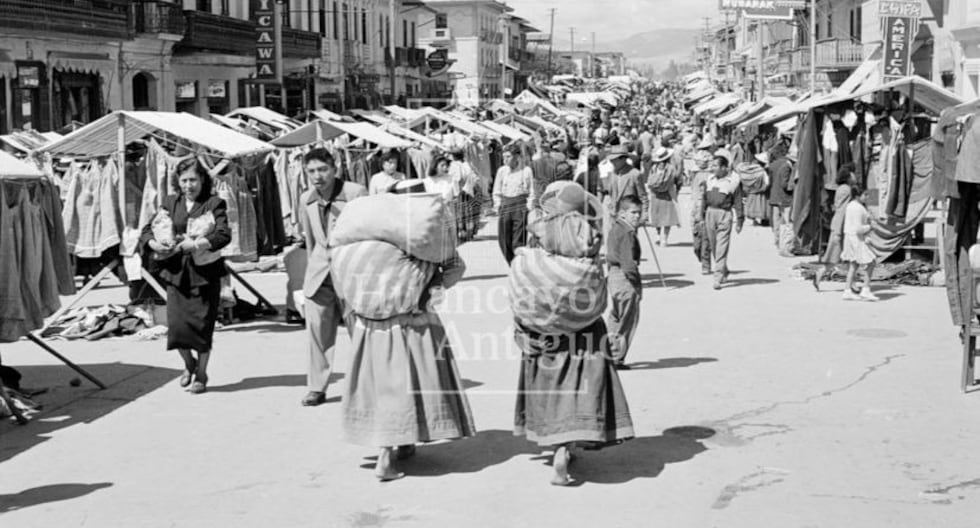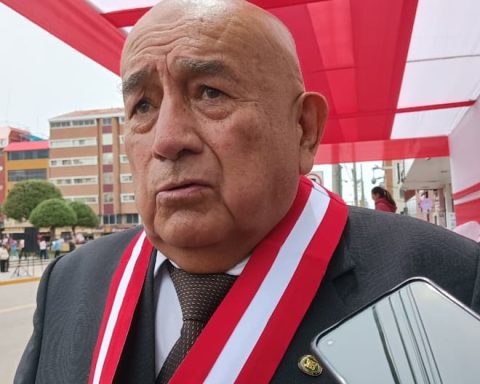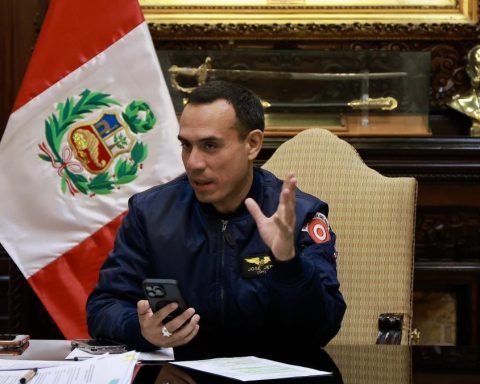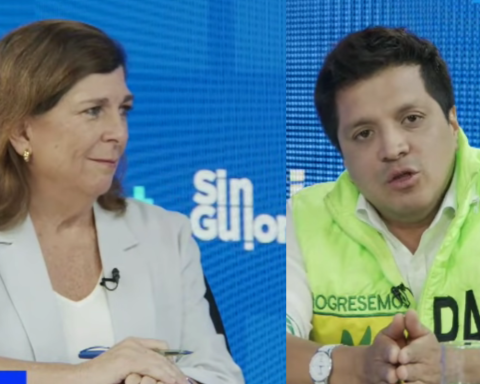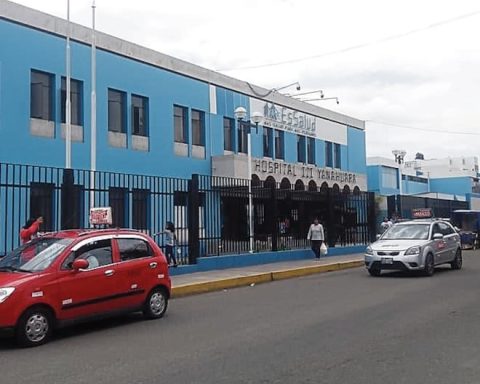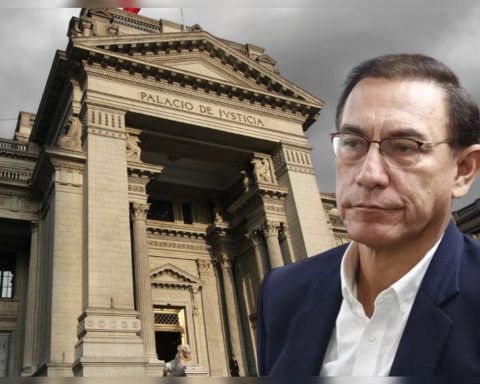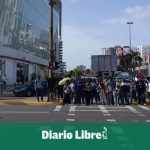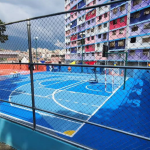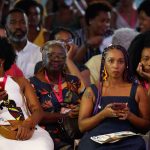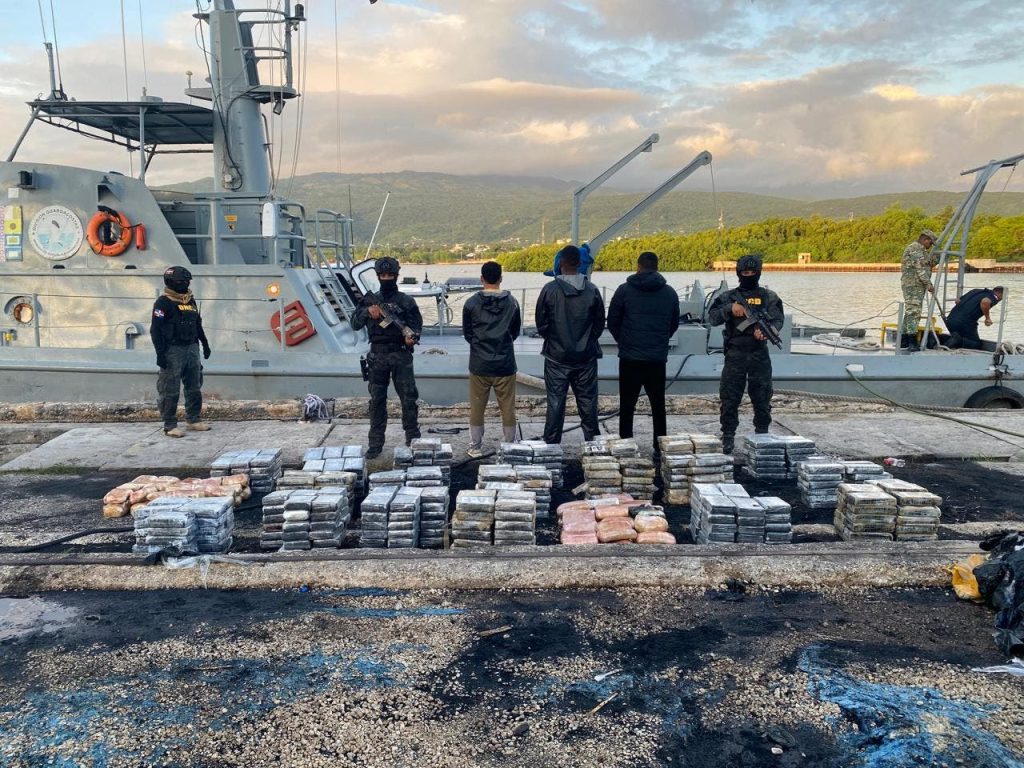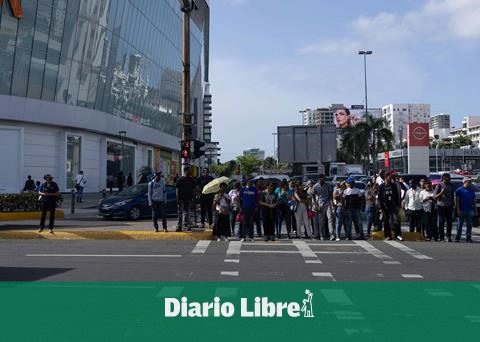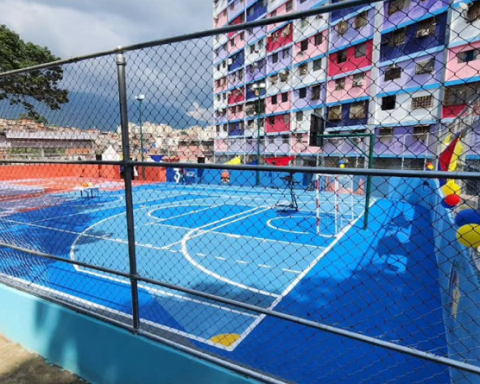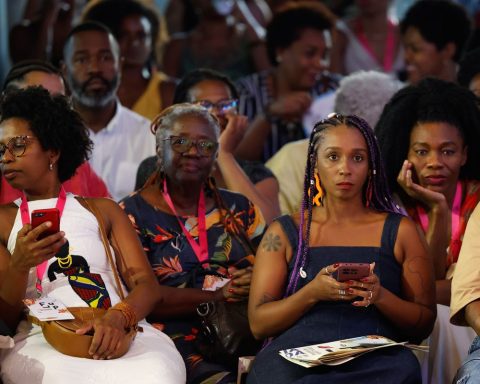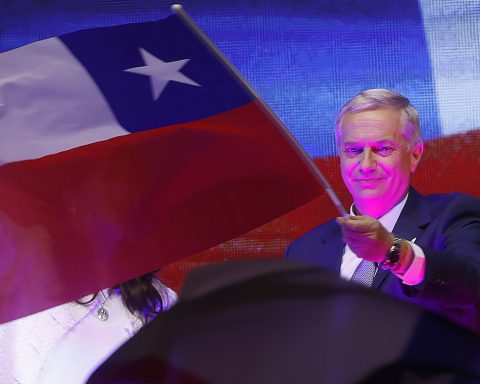Every Sunday, Huancavelica Avenue in Huancayo, one of the main avenues in the city, is transformed into a bustling market. From early in the morning, local artisans, merchants and farmers arrive to offer their fresh produce and unique crafts. This weekly event, which brings together thousands of visitors, not only boosts the local economy and provides a vital source of income for many families, but also preserves and celebrates the cultural traditions of the region. The fair is a vigorous reflection of the Huancayo identity, strengthening social relations and encouraging tourism.
The Sunday fair in Huancayo has deep roots that date back to pre-Hispanic times, when indigenous peoples of the region gathered to exchange agricultural and artisanal products. According to the historian Nicholas Matayoshiauthor of “The Sunday fair in Huancayo: History and People 1874 -2014”, a study published in 2016, this activity was originally a center of exchange between local communities and Andean peoples, establishing an economic and cultural network that endures to this day.
With the arrival of the Spanish and the establishment of the viceroyalty, the market acquired new dimensions, integrating European products and expanding its reach. In the 19th century, with the construction of the central railwayHuancayo established itself as a strategic commercial center, attracting merchants from various parts of the country and abroad.
By the 1970s, the trade event already had a more organized structure and a significant number of stalls. According to an ethnographic study carried out by José María Arguedas in 1956 on the Huancayo fair, 877 vendor stalls were found spread over twelve blocks. Today, this figure has evolved significantly, with more than two thousand merchants registered by the Provincial Municipality of Huancayo, reflecting the growth and continued relevance of this Sunday market.
This growth not only shows the physical and economic expansion of the market, but also its ability to adapt to the changing needs of the local population and visitors.
In the 1980s, the Sunday market was arbitrarily moved from the Real street to the avenue HuancavelicaOver the years, this commercial activity has evolved beyond the sale of traditional products, becoming a space where you can find everything from vegetables to clothing, just as it happens today. The growth and changes in the market responded to the constant progress and needs of society at the time, anticipating the transformations that would follow in the future.
Today, the Sunday market is an important economic driver and a symbol of Huancayo’s cultural identity.
Cultural impact
The fair is not just a market, it is a cultural melting pot where ancestral and modern traditions converge. Every Sunday, the streets of Huancayo are filled with colors, sounds and aromas that reflect the rich cultural diversity of the region. Quechua and mestizo artisans exhibit their works, from traditional textiles to ceramics and jewelry, while musicians and dancers liven up the atmosphere with folk dances and songs.
The cultural impact of the fair is manifested in the preservation and diffusion of Andean traditions. Anthropologist Carla Huamán highlights that “the fair is a space where cultural identity is constantly reaffirmed and reinvented.” Visitors can experience local cuisine, participate in rituals and festivities, and purchase products that represent the cultural heritage of Huancayo and its surroundings.

According to a study conducted by the National University of Central Peru in 2018, approximately 70% of visitors consider the market to be an important cultural meeting point. It has evolved to offer a wide variety of products, from footwear and clothing to cereals, food and technological gadgets, reflecting both the diversity of needs of the local population and the market’s adaptability to contemporary trends.
This place not only boosts the local economy, but also serves as an important social and cultural centre, where generations meet and share experiences, thus strengthening community identity and cohesion.
Economic impact
Regional fairs are events of great importance for local economies, not only for their ability to promote tourism and trade, but also for their impact on job creation and the revitalization of key sectors such as tourism, gastronomy and crafts.
In 2020, 30.1% of the total population of Peru (9 million 820 thousand people) were living in poverty. This means that their level of spending was lower than the cost of the basic consumer basket, made up of food and non-food. This result also shows an increase of 9.9 percentage points in poverty compared to 2019, which meant that 3 million 330 thousand people fell into poverty in 2020. These national data also have repercussions in the interior regions. Before the COVID 19 pandemic, Junín was in the third region with the highest per capita spending, 610 soles. However, after the outbreak, its expenses were reduced by more than 50%. The impact was largely affecting many businesses, events and the Sunday fair on Jirón Huancavelica.
The economic impact of this fair is divided into two significant periods: before and after the COVID-19 pandemic.
Before the global outbreak of COVID-19, Jirón Huancavelica used to be a very important point in the economic and social calendar of Huancayo. The large public influx was reflected in the economic well-being of thousands of people, directly or indirectly.
Following the arrival of the COVID-19 pandemic, these events experienced a significant impact due to health restrictions and reduced global mobility, causing major economic and social difficulties. Below is the updated data that reflects the post-pandemic panorama.
The pandemic severely impacted the ability to attract visitors, limiting their ability to generate revenue and support the local economy in the same way as before the outbreak.
Fairs play a crucial role in the economic and cultural development of local communities, providing income, employment and promoting tourism and trade. However, their impact has been significantly affected by the COVID-19 pandemic, underlining the need for adaptation and resilience in the face of global crises.
Testimonials
However, after the restrictions were lifted, the Huancayo Sunday Fair reopened its doors, implementing security and social distancing measures. Merchants adapted their businesses, expanding their product offering online and offering home delivery services. To better understand this evolution, we interviewed several vendors participating in the fair, who shared their experiences and reflections on the impact of the pandemic on their commercial activities, comparing before and after the health crisis.
Reyna Surco, a 45-year-old blouse seller, tells us about her experience: “I have been selling at this fair for over 27 years. In order to get a place here, I make an annual payment that varies between 150 and 180 soles. I can say that, currently, I would not hire another person to help me sell, because sales have dropped by 80% compared to previous years, when profits were higher. The only dates when we can make more profits, you could say, are during the holidays.”
Nilda Flores, a seller of natural wool fabrics, adds: “I worked here years before the pandemic and I was recently able to return to the fair. I made an annual payment of 110 soles to get my stand. Nobody helps me sell because it is not profitable to hire staff, since what I earn is not enough to pay another person. In addition, this fair needs more organization; since the sector designated for each type of product is not respected. Before, those who sold shoes had their assigned block, those who sold crafts the same, clothes in another, furniture in another, and that was the order of the fair. It would be good to emphasize order more.”
Amalgia Medrano, a veteran fabric seller, comments: “I paid 120 soles a year to have my stand here. I can say that selling at the fair is more profitable than in other places, even if it is only once a week. One advantage it gives me is being able to have my landlords who already know me and often come back. This is a very well-known fair and the people who come already know about this tradition, which helps tourism. On the other hand, I can say that the fair needs to be more organized, I mean that the sectors should be ordered according to the product being sold.”
Sunday activity in Huancayo is much more than just a point of sale. It is an institution that has evolved over the centuries, adapting to social and economic changes, and keeping the rich cultural heritage of the Mantaro Valley alive. Its impact on the community is profound, providing a platform for economic and cultural exchange that benefits both merchants and visitors.
As Huancayo continues to grow and develop, this weekly gathering remains a symbol of the resilience and diversity of its people, uniting past and present in a vibrant mosaic of culture and economy. Its ability to integrate products ranging from footwear and clothing to cereals, food and technological gadgets demonstrates its adaptability and relevance today. With more than 2,000 merchants and thousands of visitors each week, this meeting point not only energizes the local economy, but also strengthens community identity and cohesion, becoming a fundamental pillar of life in Huancayo.
(Work prepared by Derian Amaro Martínez, Kely Guerra Maldonado, Eliana Lagos Gálvez, Roy Picho Chagua and Joan Vito Villa as part of the Digital Data Journalism course of the Communication Sciences and Technologies degree at the Universidad Continental)
